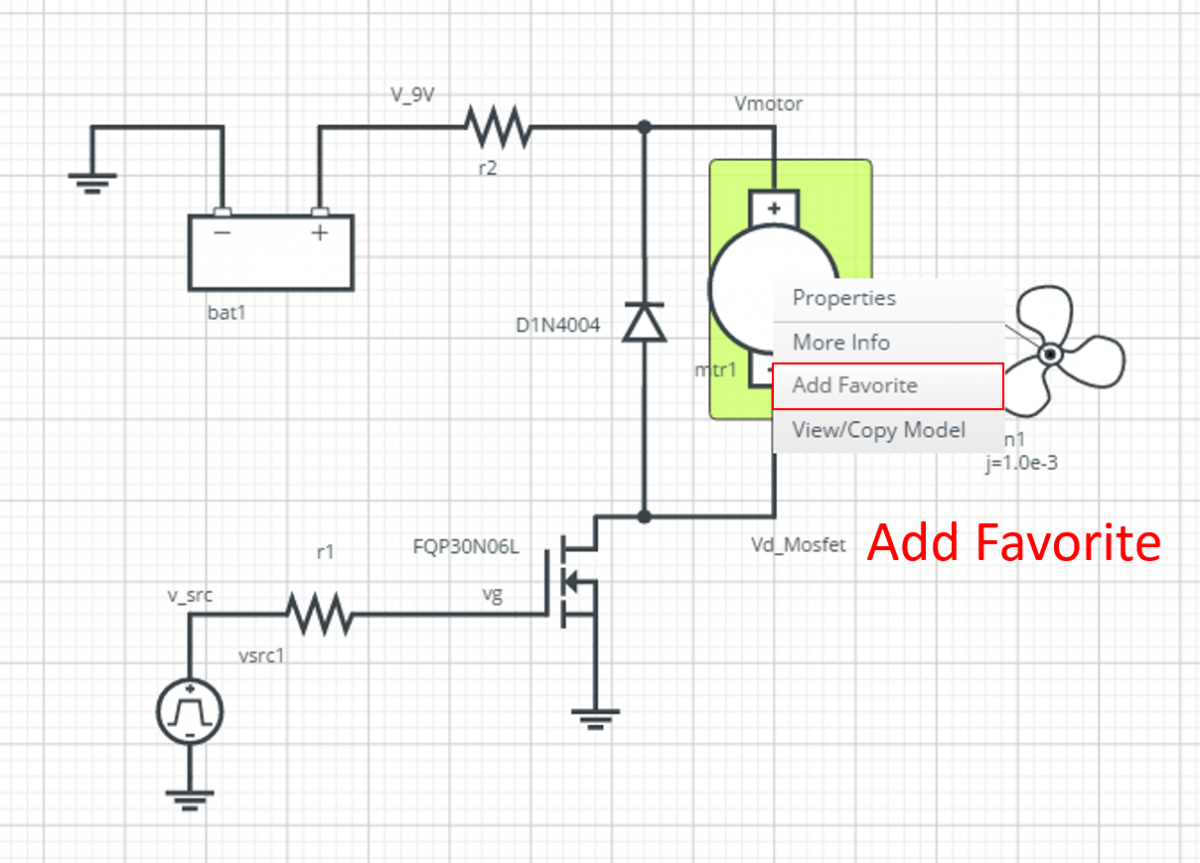Breadboard Power Supply
Featured Article | DanielPecora | 28 November 2016
While working from home, a PCB designer may not have access to expensive power supplies to test fairly simple boards. By using low-noise linear voltage regulators, you can create a customizable power supply using 9 different voltages, ranging from 2.5 to 15 V. The power supply is equipped with an AC to DC converter, making it transportable for the do-it-all engineer. With easy access to this adjustable power supply, you do not need gigantic power supplies to complete your testing.
The simulation model of the Adjustable Power Supply is shown below:



